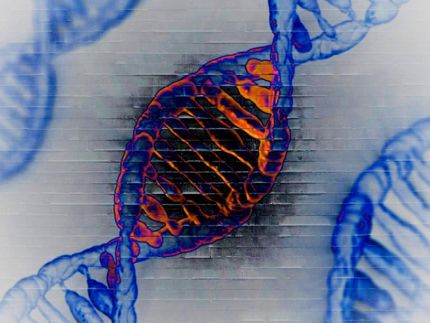deCODE Gene Discovery Points to New Approach for Treating Major Sleep Disorder
Advertisement
Scientists at deCODE genetics in collaboration with colleagues from Emory University report the discovery of the first variant in the sequence of the human genome ever linked to risk of restless legs syndrome (RLS) and Periodic Limb Movements (PLMs). The single-letter marker, or SNP, in the BTBD9 gene on chromosome 6 was associated in Icelandic and U.S. cohorts with an increased risk of RLS with PLMs of 70-80 percent for those who carry one copy compared to those without the variant. It is believed to account for approximately 50% of cases and was shown to associate with decreased stores of iron in the body.
The discovery provides strong new evidence that RLS is a genuine disease with an identifiable biological basis, a fact which has recently been the subject of some debate. deCODE plans to analyze the BTBD9 pathway to begin a drug discovery program targeting the underlying causes of disease. The paper, entitled "A genetic risk factor for Periodic Limb Movements in sleep," is published today in the online edition of New England Journal of Medicine and will appear in an upcoming printed edition of the journal.
"This discovery demonstrates the power of genetics not only for uncovering the biological causes of disease, but also for defining diseases such as RLS and establishing them as medical conditions," said Kari Stefansson, neurologist and CEO of deCODE.
RLS is a common neurological disorder characterized by an distressing and often irresistible urge to move the legs. Most RLS patients also experience periodic limb movements (PLMs) during sleep. Between 5 and 15% of people in Western Europe and North America are believed to suffer from RLS and PLMs but the syndrome remains under-diagnosed and inadequately treated. In part because of its effect on sleep, it has a broad, negative impact on quality of life and is associated with cardiovascular disease as well as poor general and mental health.
The deCODE team analyzed more than 300,000 single nucleotide polymorphisms (SNPs) in a total of 1000 Icelandic RLS patients and controls, leading to the identification of a single SNP, on chromosome 6p21. The strongest association was between allele A of SNP rs3923809 and the combined phenotype of RLS with PLMs. The rs3923809 is located within the BTBD gene, which is widely expressed in the brain and other organs. The finding was subsequently confirmed in a case control cohort from the Emory Healthcare Program in Sleep in Atlanta.
The variant identfied also confers risk of PLMs without RLS, with individuals carrying two copies of the at-risk variant having twofold risk of PLMs compared to those that do not carry a copy of the variant. Analysis of the impact of the variant on serum ferritin levels, a principal indicator of iron stores in the body, showed that serum ferritin was 13% lower per copy of the variant carried compared to controls. Hence, this disovery supports and old notion that the pathogenesis of RLS may involve iron metabolism.


















































